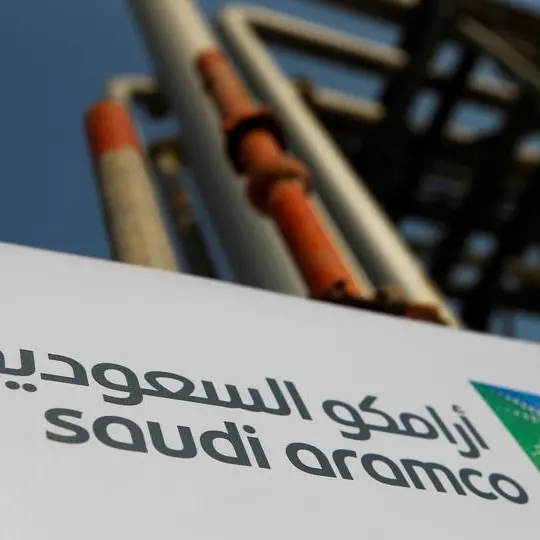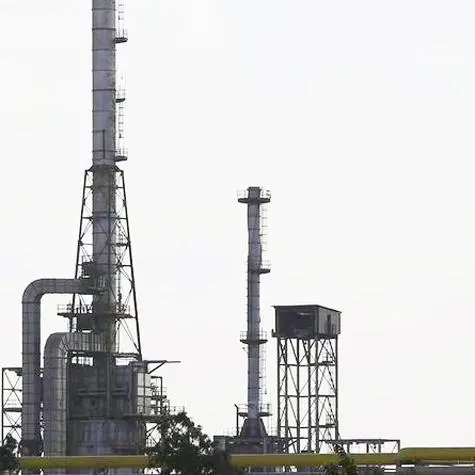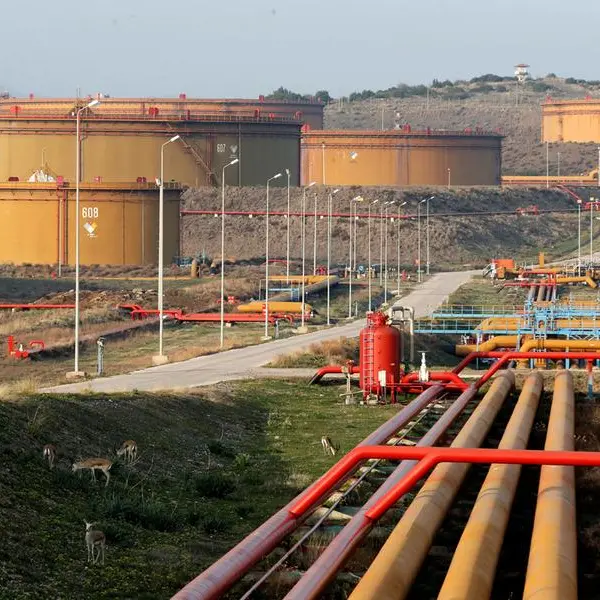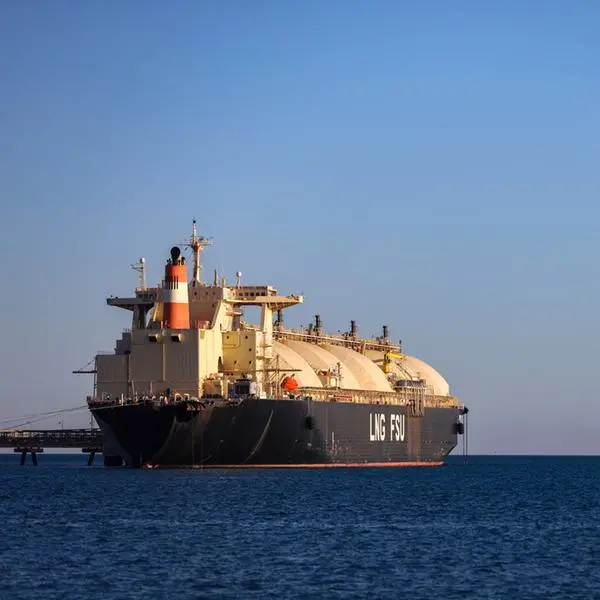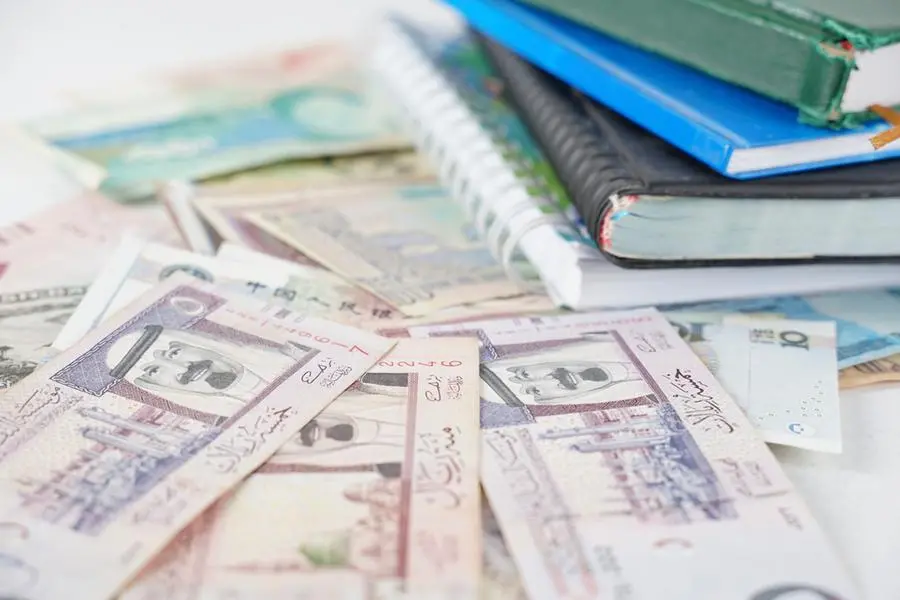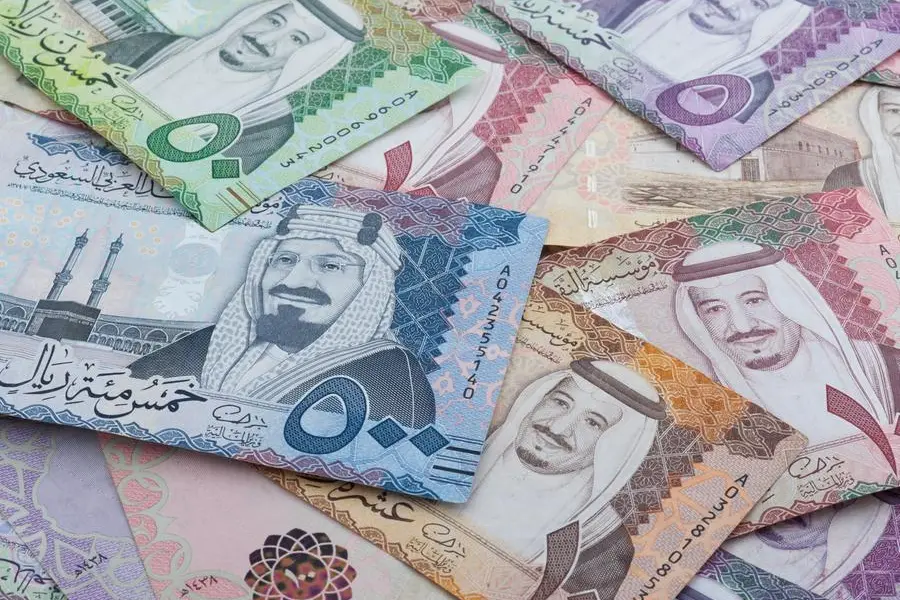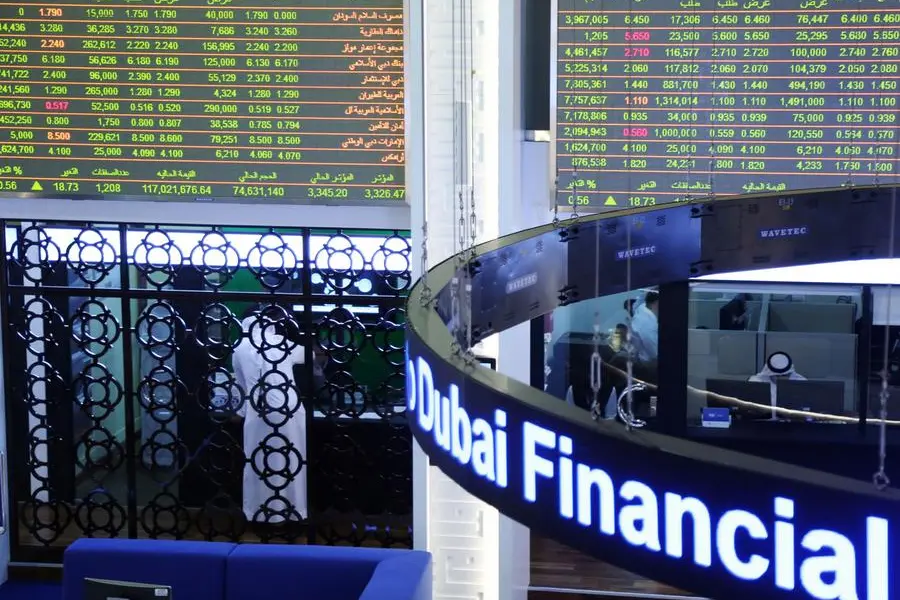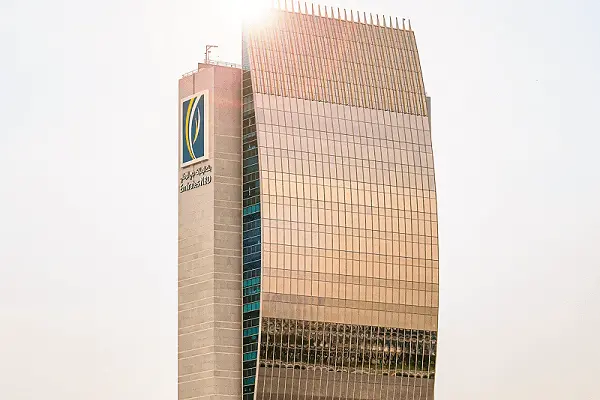PHOTO
Dubai International hosts top aviation decision makers at IATA's 153rd Slot Conference. Image Courtesy: Dubai Airports
The International Air Transport Association (IATA) has revised downwards its estimates for renewable fuel capacity to 51 million tonnes by 2030 based on currently announced projects after forecasting in December 2023 that some 69 million tonnes of renewable fuel capacity were expected to be available by 2028.
Expanding renewable fuel production is key to unlocking the potential of Sustainable Aviation Fuel (SAF), critical for achieving the International Civil Aviation Organisation's (ICAO) ambitious 2030 goal of a 5 percent CO2 emissions reduction in international aviation.
The IATA said on Sunday that several factors resulted in this reduced estimate, the most significant being the evaluation of renewable fuel projects against more stringent criteria and the potential to meet SAF’s exacting sustainability criteria. Additionally, some projects have progressed at a slower pace towards commercial operations.
‘With the right incentives, the potential for international aviation to reach a 5 percent reduction in carbon emissions by 2030 through SAF remains, provided policies are in place to increase the share of renewable fuel production allocated to SAF,’ the IATA statement noted.
To achieve that ambition, around 27 percent of all expected renewable fuel production capacity available in 2030 would need to be SAF. Currently, SAF accounts for just 3 percent of all renewable fuel production.
According to IATA, around 140 renewable fuel projects with the capability to produce SAF have been announced to be in production by 2030. If all of these proceed to production as announced, total renewable fuel production capacity could reach 51 million tonnes by 2030, with production capacity spread across almost all regions.
Production could exceed this estimate as investor interest in SAF grows, the Association noted, since a three-to-five-year time lag from planning to production means investment announcements as late as 2027 could be in production by 2030.
At the same time, not all announcements may reach the Final Investment Decision (FID) stage, the IATA statement cautioned.
Willie Walsh, IATA’s Director General said incentives to build more renewable energy facilities, strengthen the feedstock supply chain, and to allocate a greater portion of renewable fuel output to aviation would help decarbonising aviation. Governments can also facilitate technical solutions with accelerated approvals for diverse feedstocks and production methodologies as well as co-processing renewable feedstocks in crude oil plants.
“No one policy or strategy will get us to the needed levels. But by using a combination of all potential policy measures, producing sufficient quantities of SAF is absolutely possible,” he said.
Meanwhile, IATA’s said its projections for tripling of SAF production in 2024 to 1.9 billion litres (1.5 million tonnes) are on track, meeting 0.53 percent of aviation’s fuel need in 2024
“SAF will provide about 65 percent of the mitigation needed for airlines to achieve net zero carbon emissions by 2050. So the expected tripling of SAF production in 2024 from 2023 is encouraging. We still have a long way to go, but the direction of exponential increases is starting to come into focus,” said Walsh.
(Editing by Anoop Menon) (anoop.menon@lseg.com)
Subscribe to our Projects' PULSE newsletter that brings you trustworthy news, updates and insights on project activities, developments, and partnerships across sectors in the Middle East and Africa.



